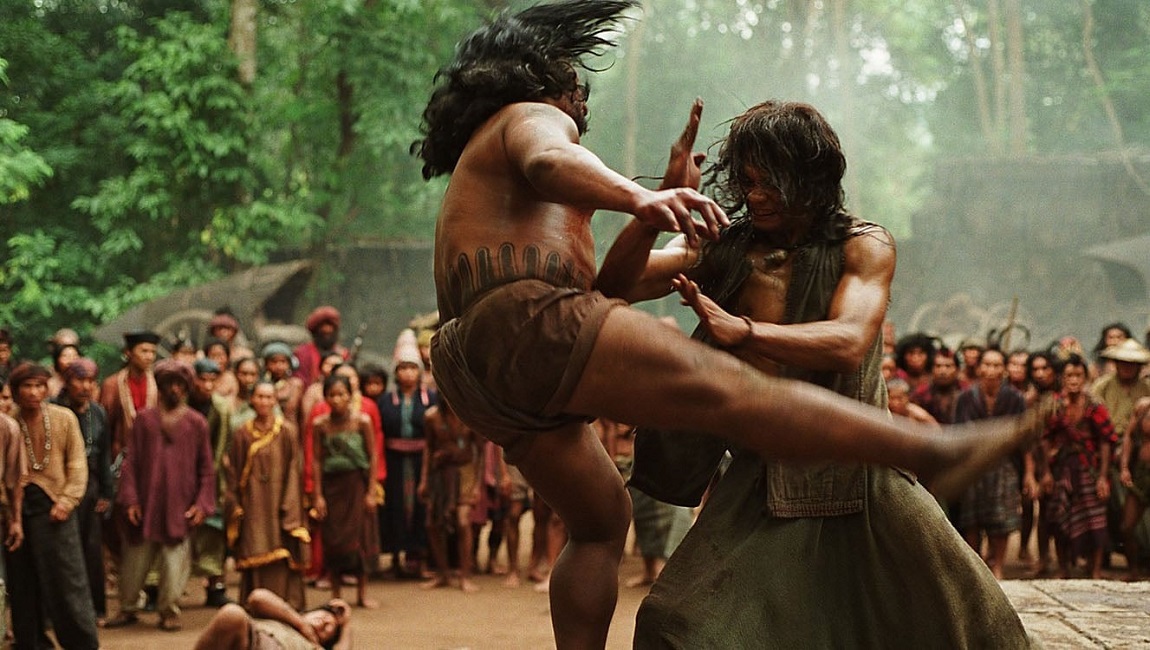Metropia is a 2009 animated science fiction thriller directed by Swedish filmmaker Tarik Saleh, known for its distinctive visual style and dystopian themes. Set in a bleak, near-future Europe, the film presents a world where resources are exhausted, individuality is stifled, and everyday life is controlled by an omnipresent corporate system. With its washed-out color palette, surreal facial animations, and a tone that blends paranoia with dark humor, Metropia offers a unique cinematic experience that blurs the line between dream and nightmare.
The story unfolds in the year 2024, when the world’s oil supplies have been depleted and Europe is connected by a massive underground subway network operated by the Trexx Corporation. The surface world has become grim and lifeless, forcing most people into the subterranean transit system. The protagonist, Roger (voiced by Vincent Gallo), is an unassuming man living in Stockholm who begins to hear a mysterious voice in his head. This unsettling phenomenon grows worse as he becomes convinced that someone—or something—is watching and controlling him.
Roger’s life takes a turn when he encounters Nina (voiced by Juliette Lewis), a striking woman whose image he has seen on shampoo advertisements. Intrigued and suspicious, he follows her, only to uncover a web of conspiracy involving mind control, corporate surveillance, and manufactured reality. As Roger and Nina navigate this oppressive world, they must decide whether they can trust each other while seeking a way to break free from Trexx’s omnipotent grip. The supporting cast includes Udo Kier, whose voice brings additional menace and eccentricity to the film’s shadowy atmosphere.

What sets Metropia apart is its animation technique. The filmmakers used real photographs of actors’ faces, digitally manipulated into hyper-detailed, almost unsettling characters. The result is a style that feels both lifelike and alien, enhancing the film’s unsettling tone. The muted colors and claustrophobic urban environments deepen the sense of isolation and control, making the audience feel as trapped as the characters.
Thematically, Metropia explores the erosion of privacy, the loss of individuality in a corporate-controlled society, and the psychological toll of constant surveillance. It draws clear parallels to works like 1984 and Brazil, while adding a distinctly European perspective on consumerism and globalization. The voice cast’s understated performances reinforce the film’s somber, hypnotic mood, avoiding exaggerated delivery in favor of subtle, unnerving realism.
Upon its release, Metropia received attention for its originality and visual experimentation, though its slow pacing and ambiguous plot divided critics. Some praised it as a haunting and intelligent work of speculative fiction, while others found it emotionally distant. Over time, however, it has gained a cult following among fans of unconventional animated cinema who appreciate its willingness to challenge narrative and stylistic norms.

In the end, Metropia stands as a dark, thought-provoking vision of a future shaped by control and conformity. It may not offer easy answers, but it invites viewers to question the systems that shape their own lives—and to wonder how much of their reality is truly their own.



